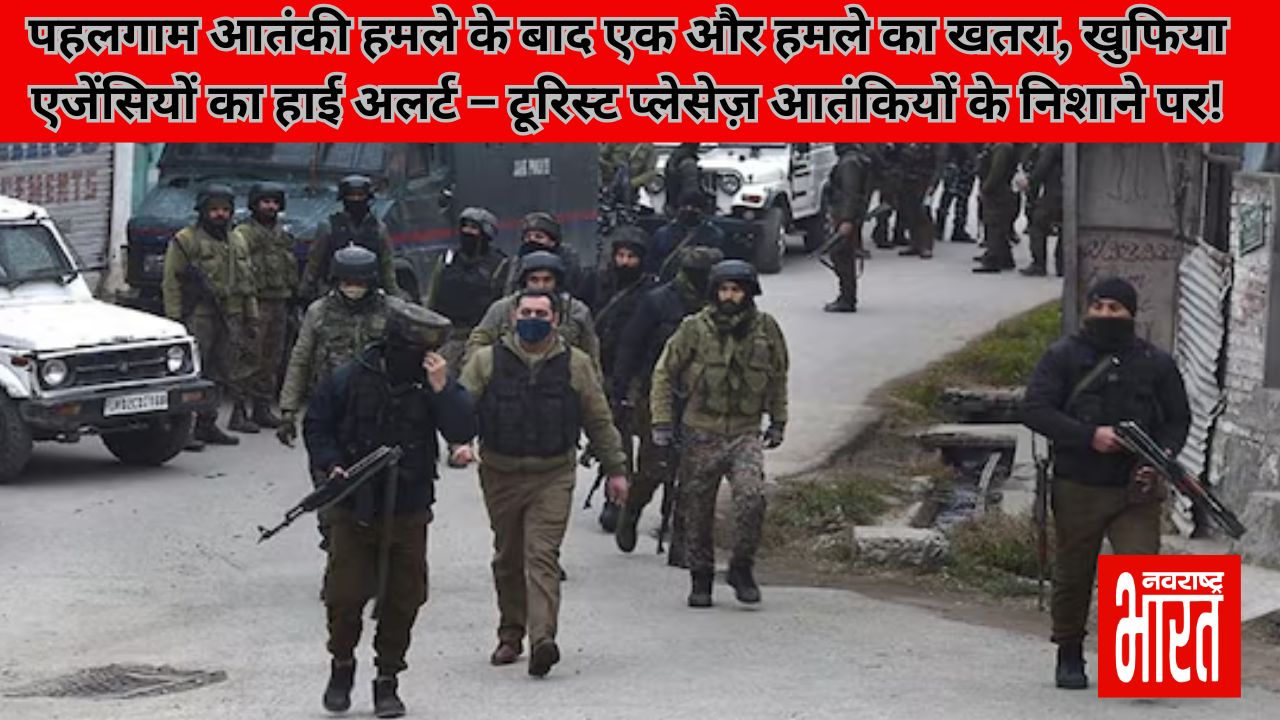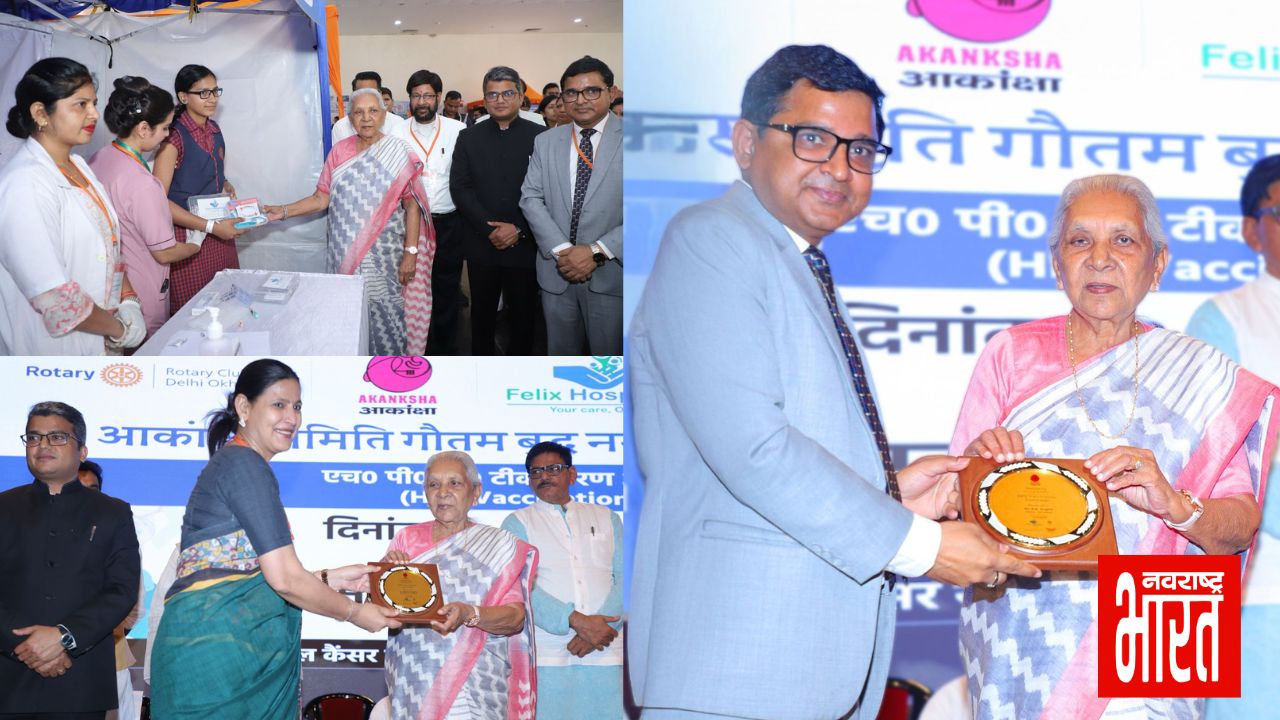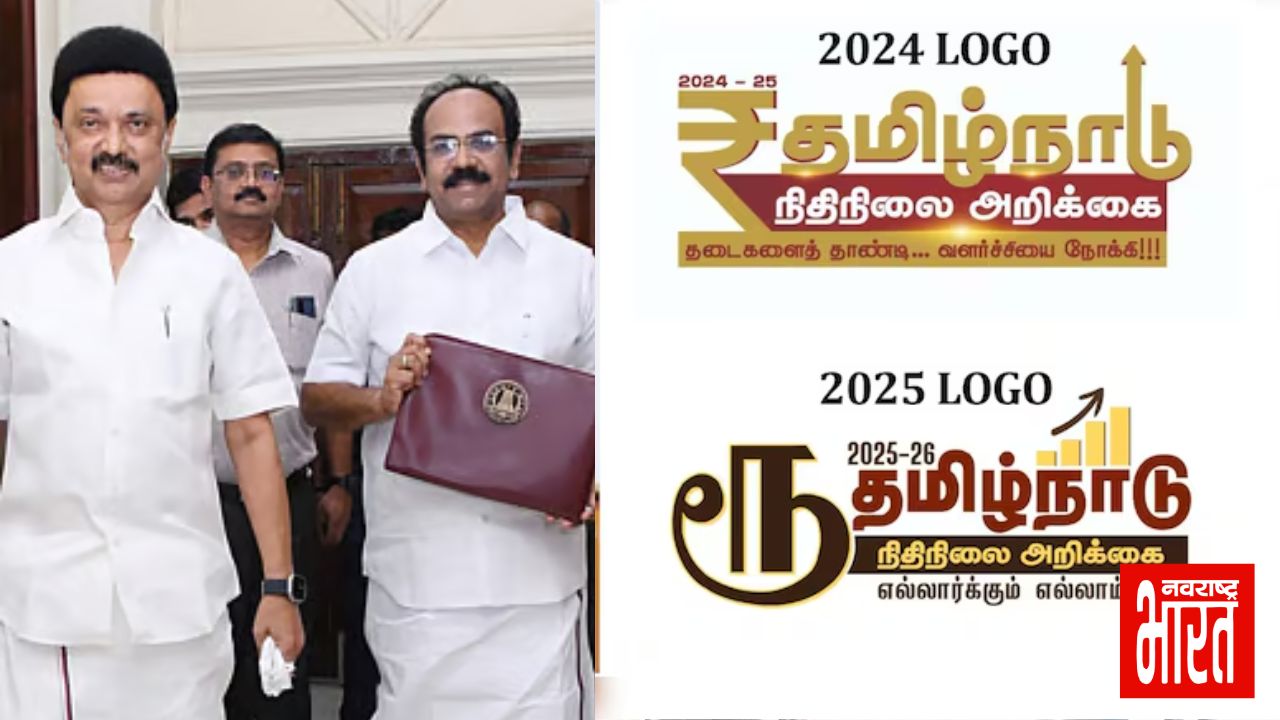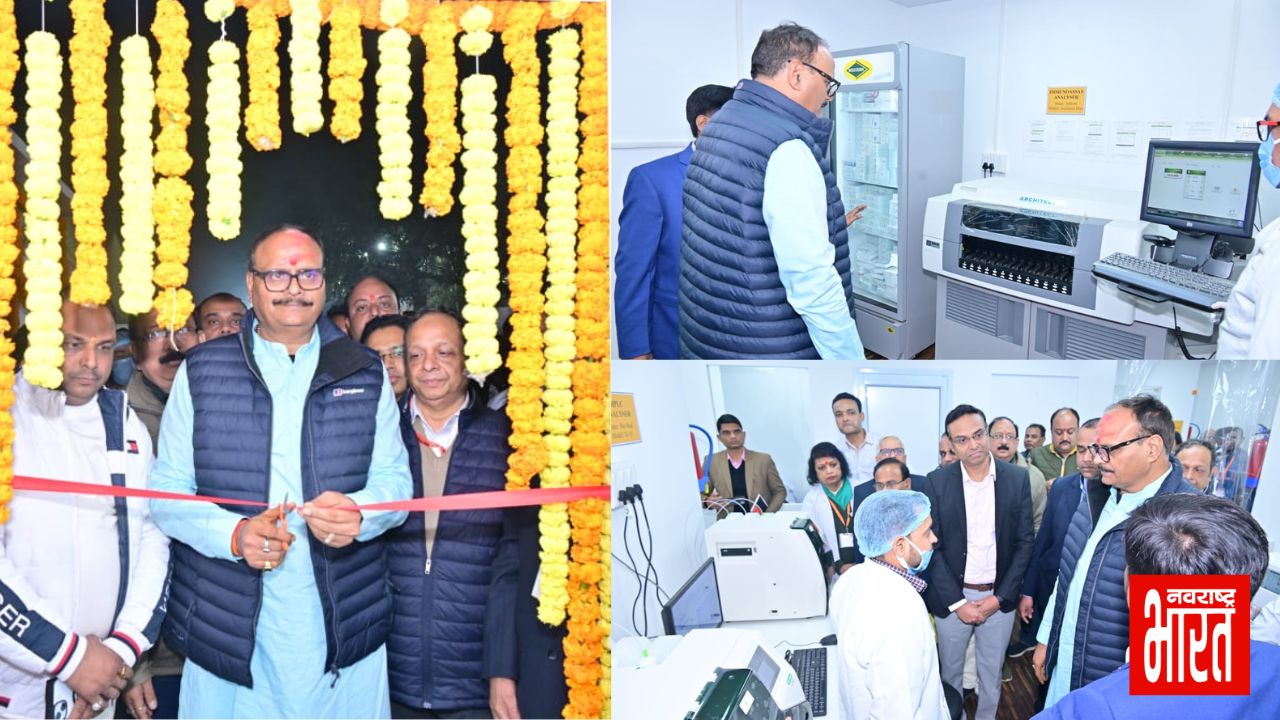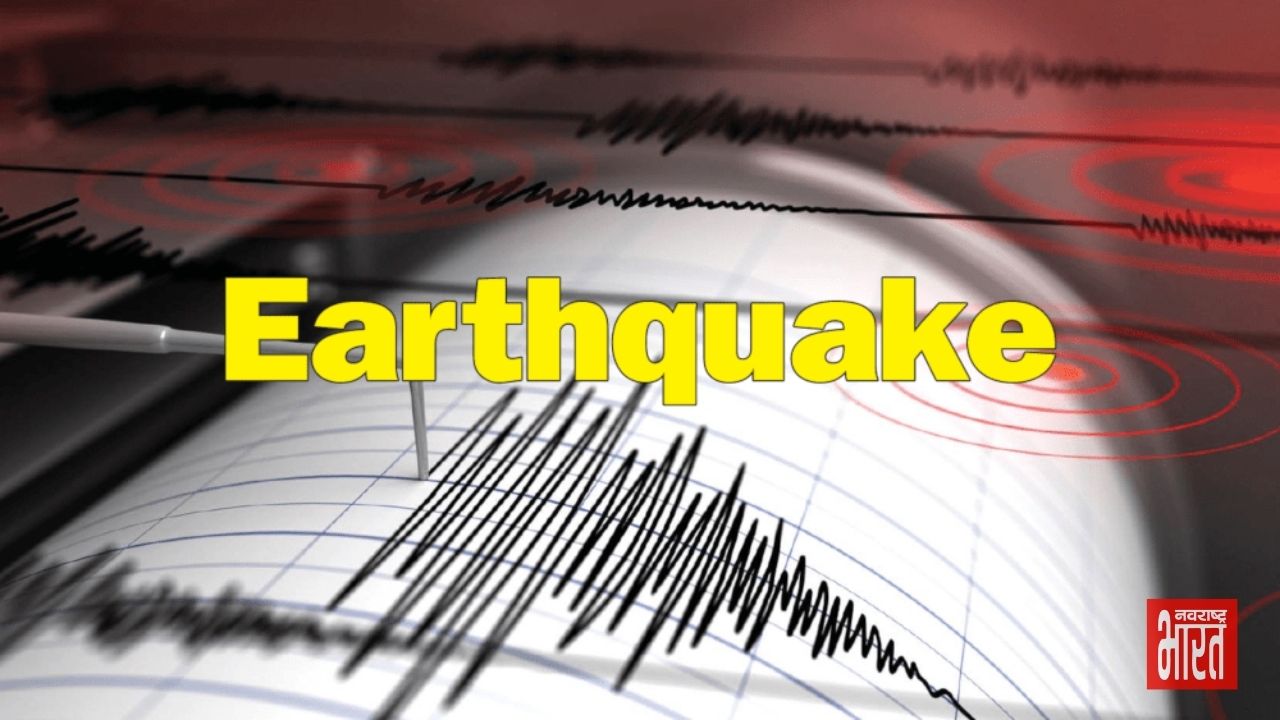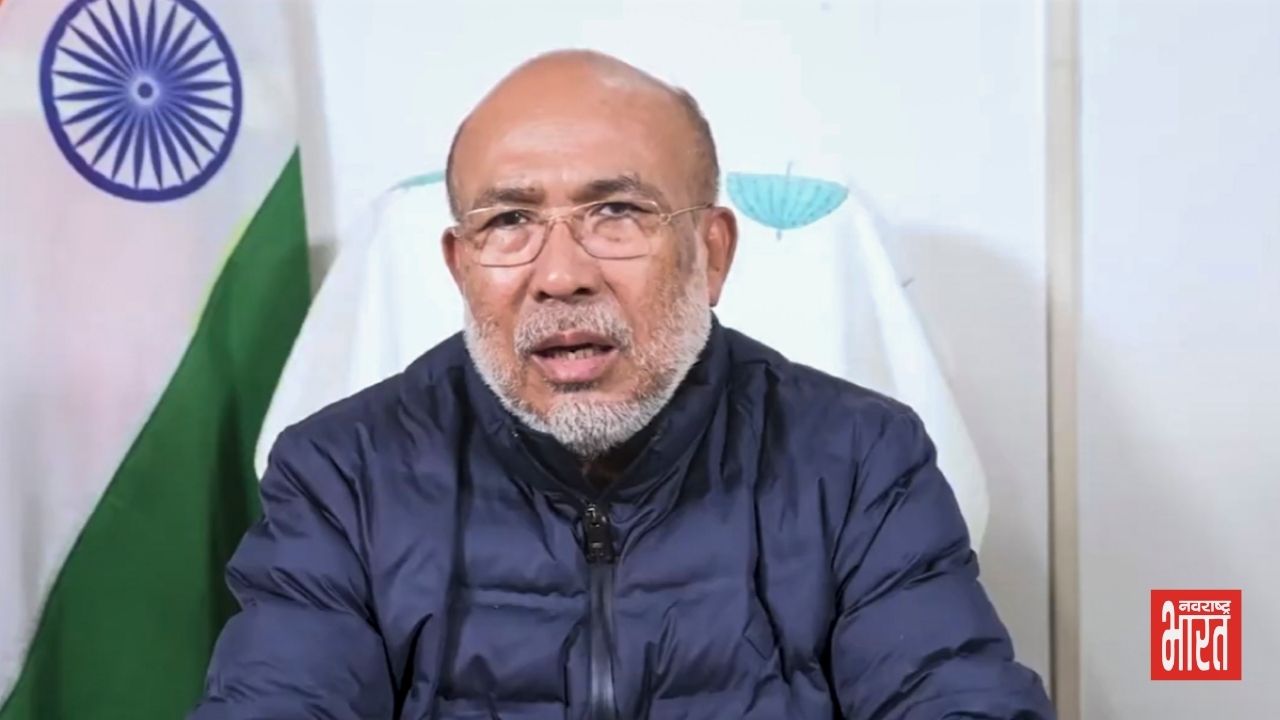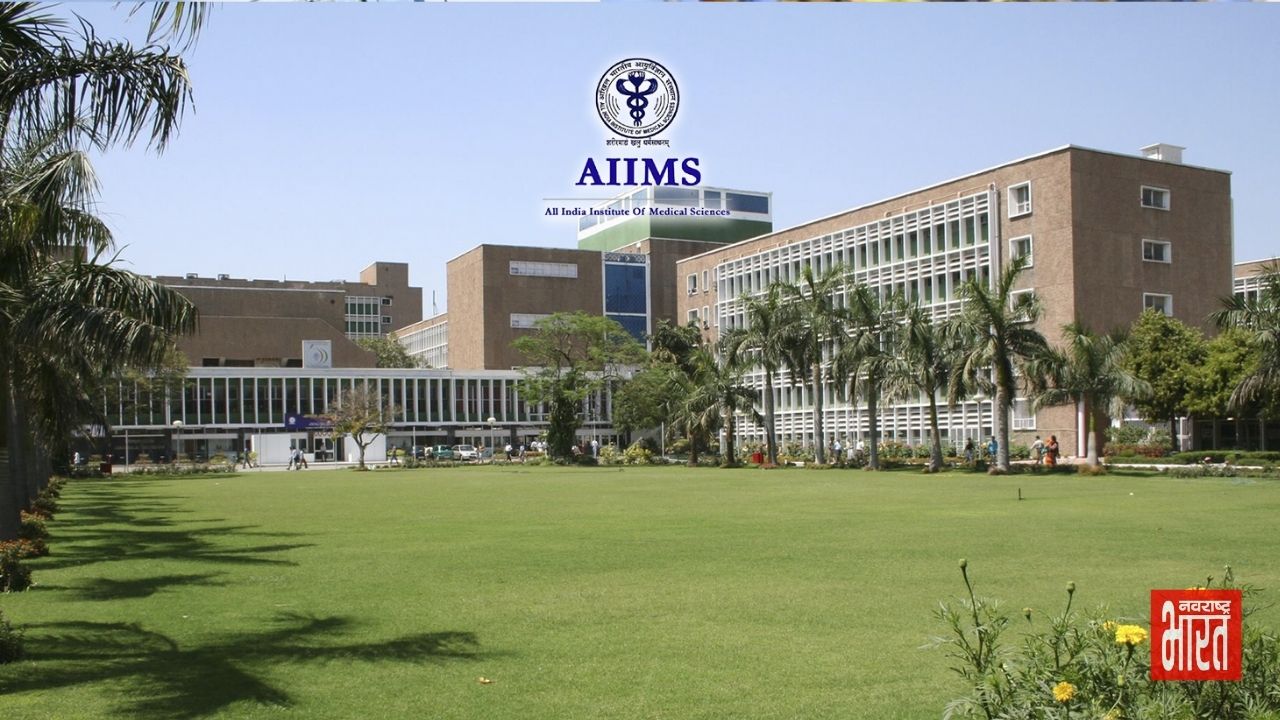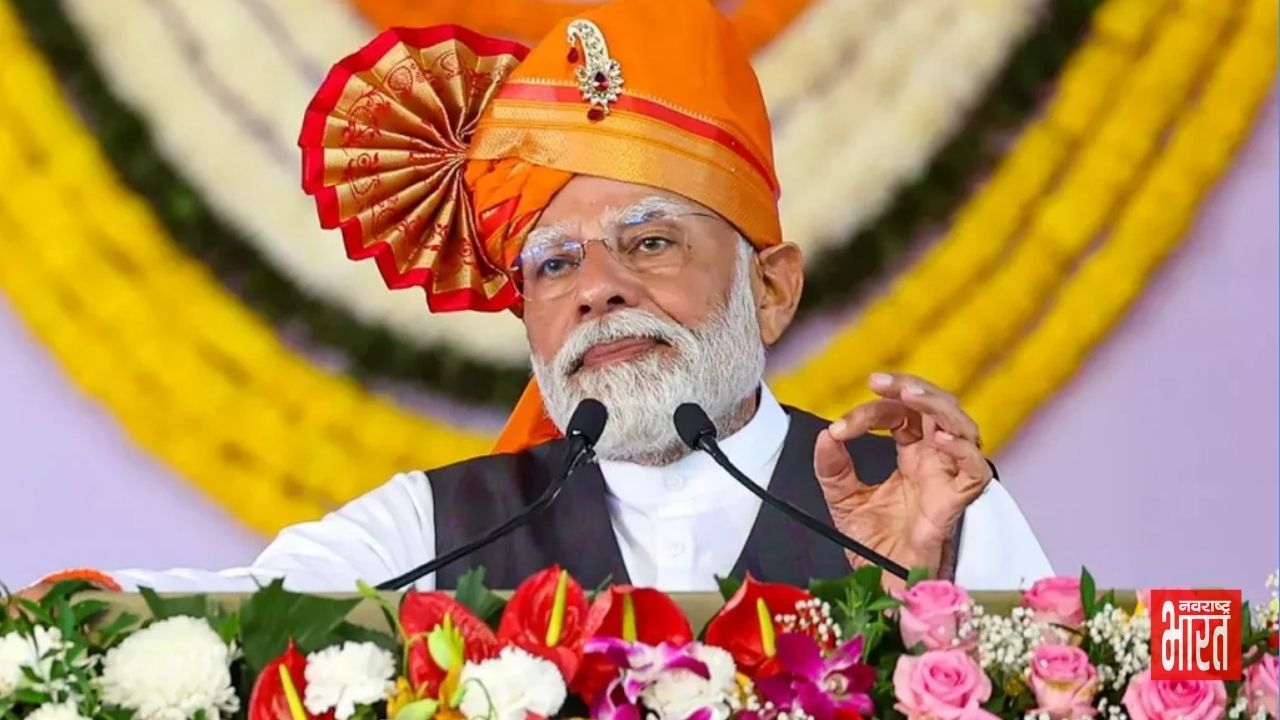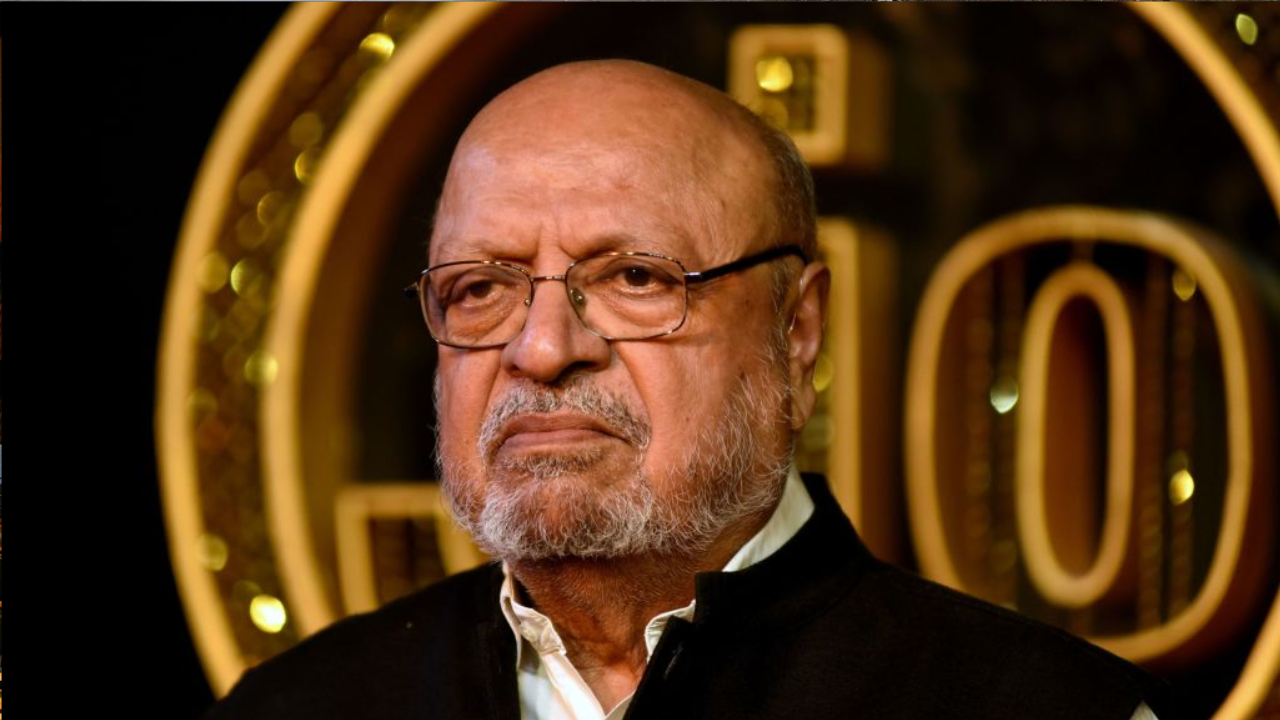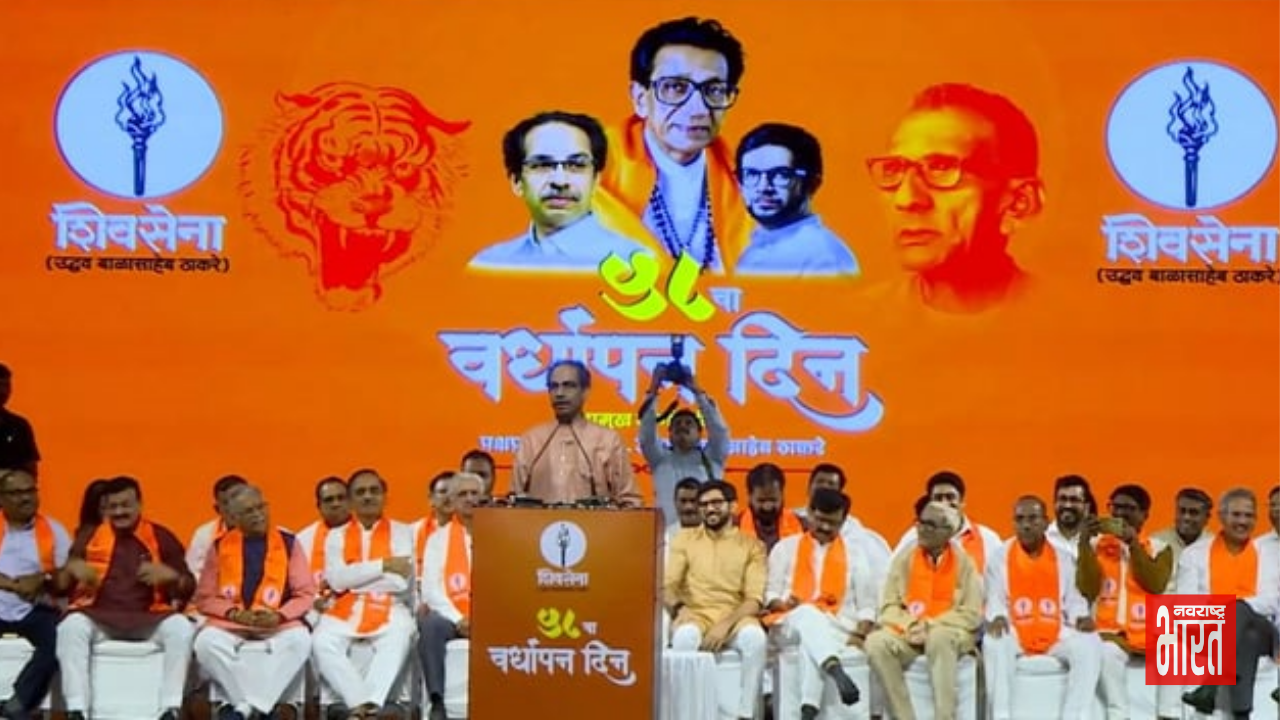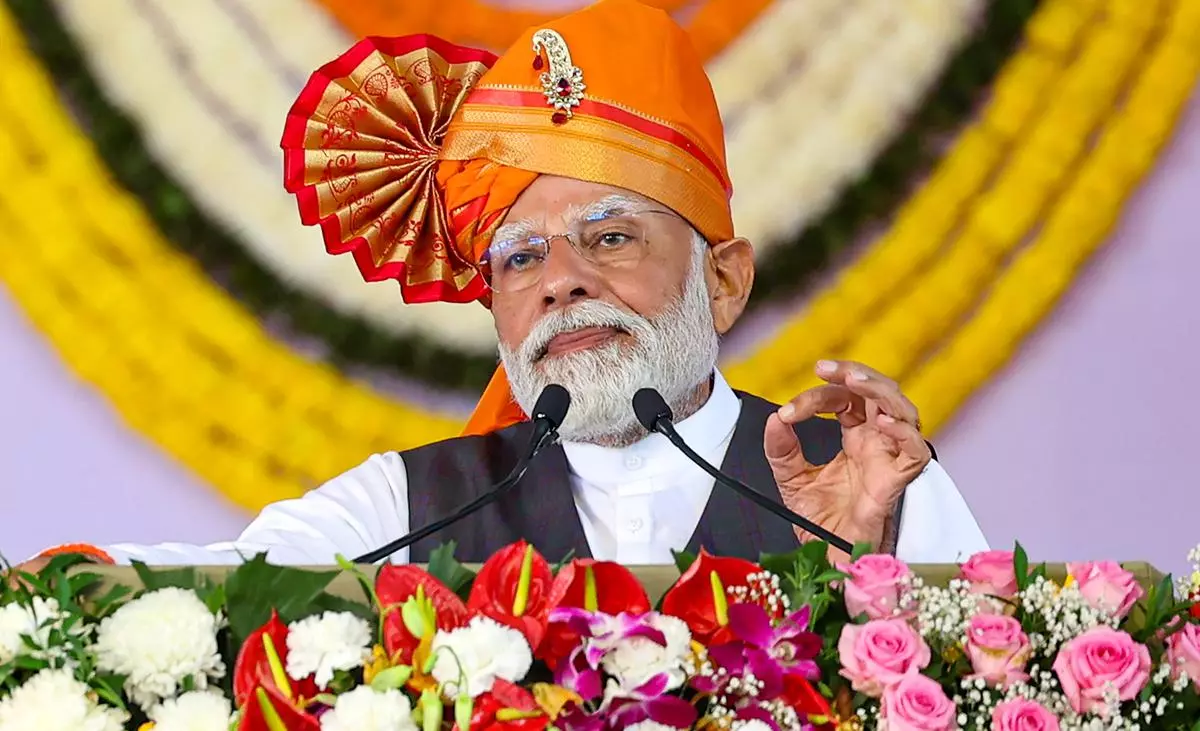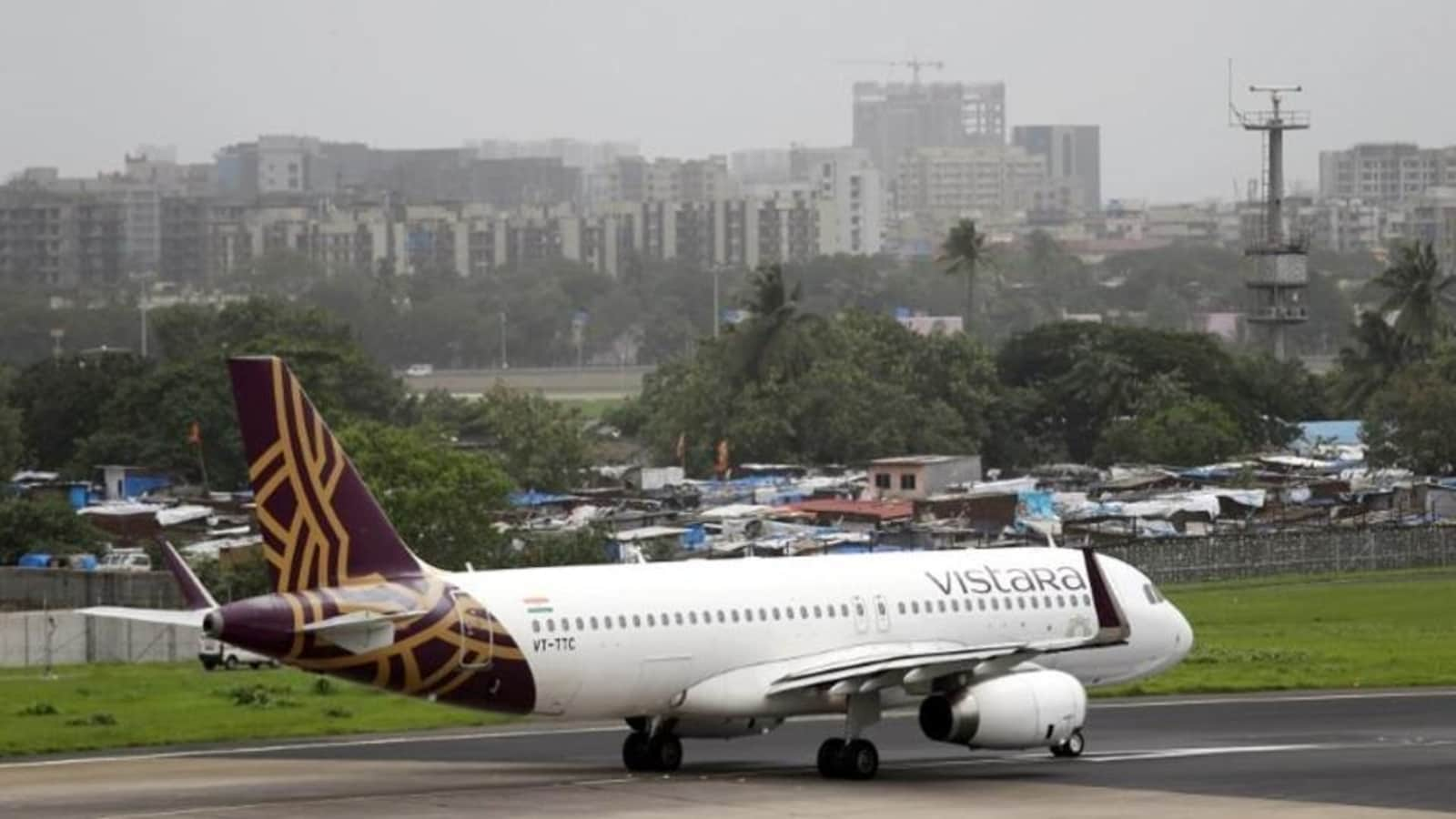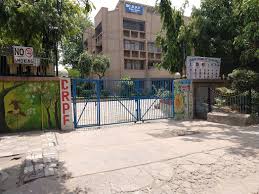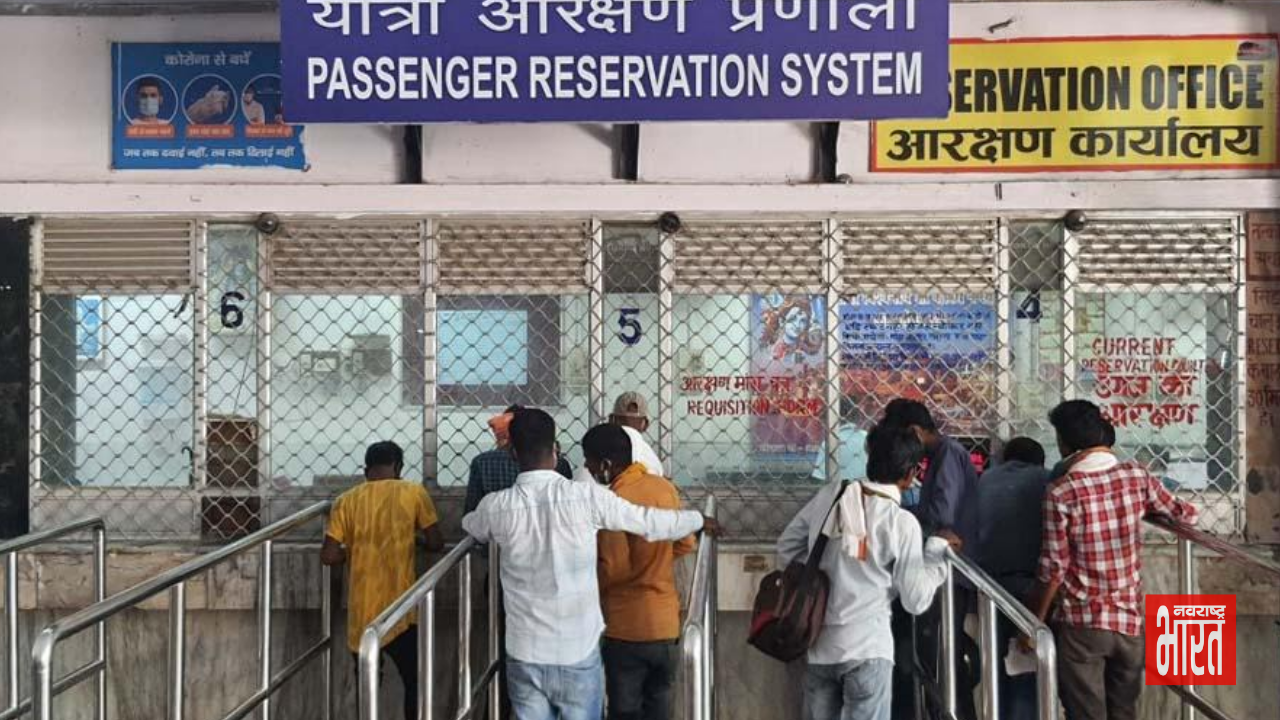
Lothal’s Significance and Development Plans
Lothal, located in Gujarat, is recognized as one of the world’s oldest ports, believed to have been constructed around 2,200 BC. As part of the Indus Valley Civilization, it served as a vital trade hub, exporting pearls, gems, and jewelry to regions in West Asia and Africa. The port city was strategically positioned along the Sabarmati River, linking the Harappan cities of Sindh to the Saurashtra peninsula.
UNESCO Heritage Nomination
Lothal was nominated as a UNESCO World Heritage Site in April 2014, standing out as the only port city of the Indus Valley Civilization. Its significance is comparable to other ancient ports like Carthage in Tunisia and Gel Ha in Peru, emphasizing its historical importance.
Name Origin
The name “Lothal,” derived from Gujarati, translates to “mound of the dead.” This is similar to the meaning of “Mohenjo-daro,” another major city of the Indus Valley Civilization, located in present-day Pakistan.
Archaeological Discoveries
The Archaeological Survey of India (ASI) began excavating Harappan sites in Saurashtra post-1947, with Lothal being uncovered between 1955 and 1960 by archaeologist S.R. Rao. The site revealed a sophisticated port, complete with vessels, canals, and a possible protective brick wall, indicating its significance as a maritime center during ancient times.
National Maritime Heritage Complex (NMHC)
Recently, the Central Government approved a proposal to develop the National Maritime Heritage Complex (NMHC) in Lothal. This initiative, expected to generate around 22,000 jobs, aims to support local communities and enhance tourism and research opportunities. The project, designed by the renowned architectural firm Hafeez Contractor, will be executed in phases. The first phase will include a museum with six galleries, while future phases will feature pavilions for coastal states, a maritime institute, and theme parks.
The development of NMHC is anticipated to boost Lothal’s status as a cultural and historical destination, drawing visitors and scholars interested in the rich maritime heritage of the Indus Valley Civilization.











